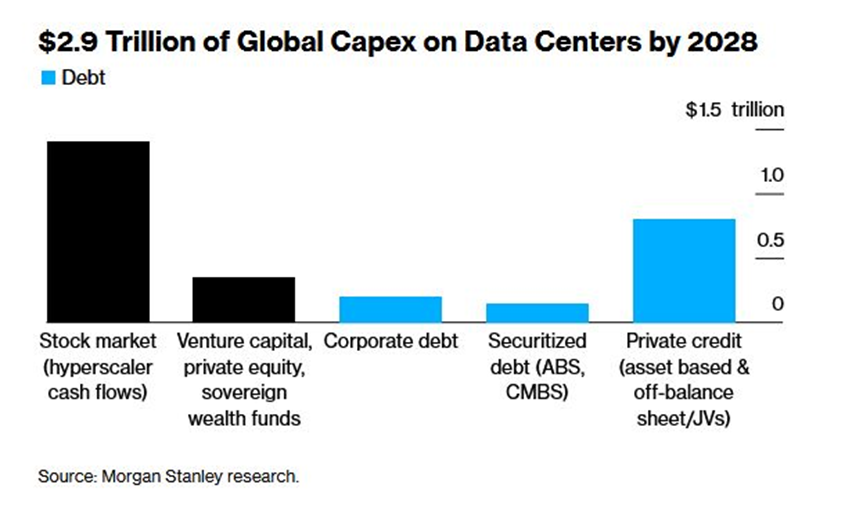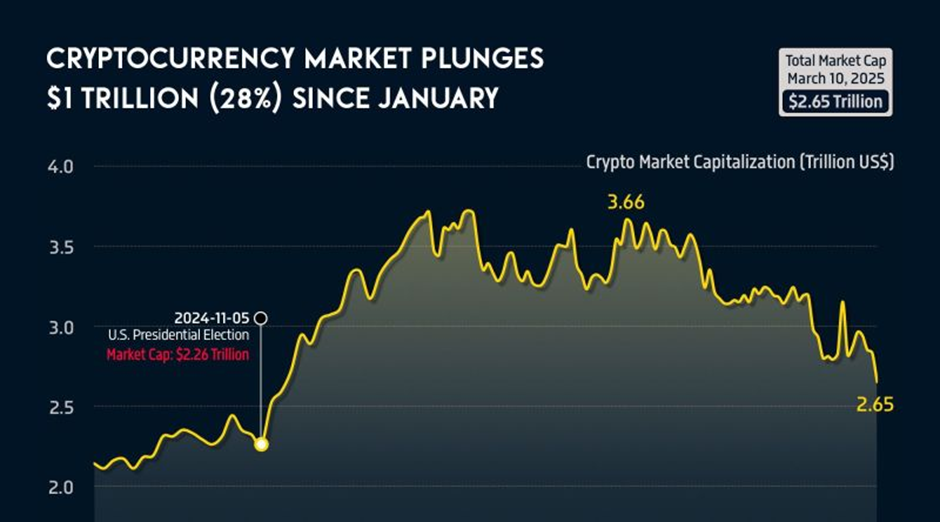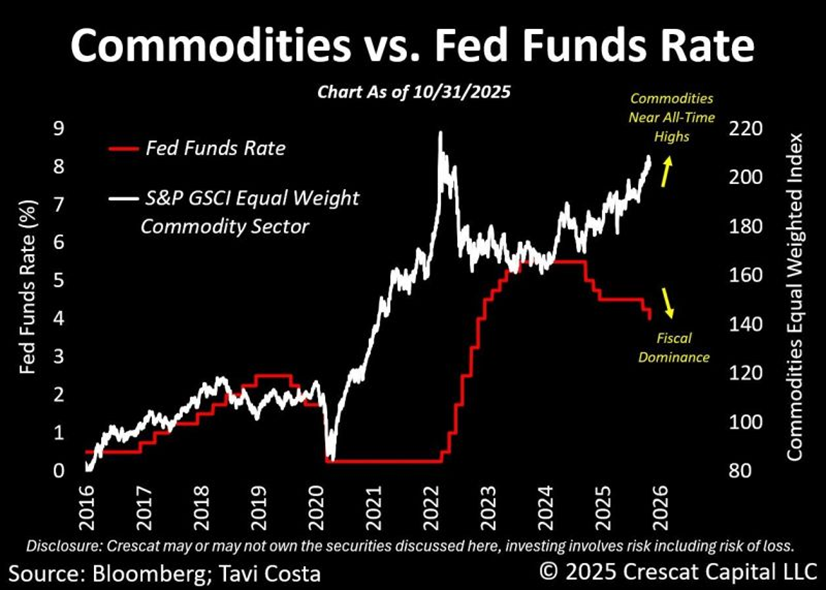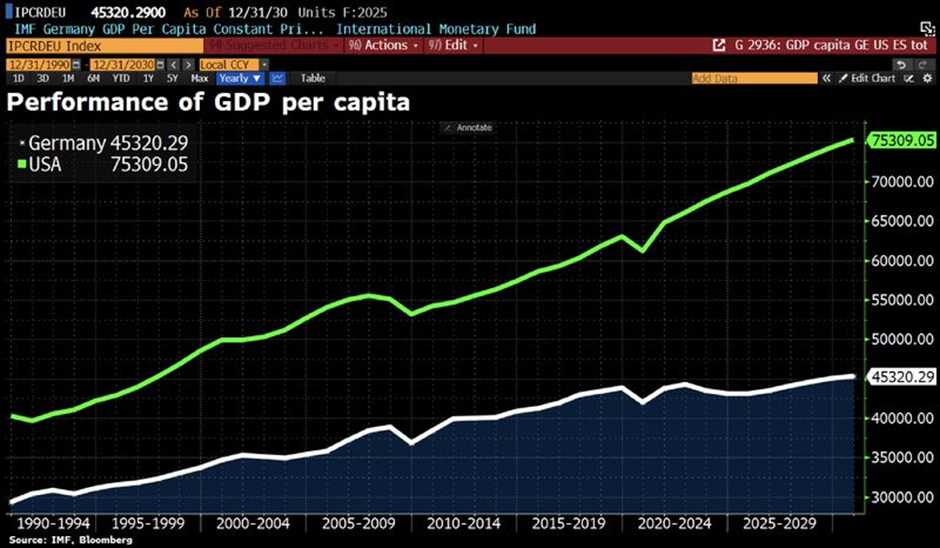S&P 500 jumps as tech rallies as investors eye end of government shutdown
Meta (NASDAQ:META) is quietly hiding around $30 billion in AI-related debt through special purpose vehicles (SPVs), a financial engineering trick reminiscent of Enron and the 2008 mortgage crisis. By structuring its AI infrastructure financing off balance sheet, specifically via an SPV with Blue Owl Capital, Meta effectively doubles its borrowing capacity while keeping leverage out of sight.
Analysts warn this trend is spreading fast: UBS estimates that AI-linked debt is now growing by $100 billion per quarter. Morgan Stanley projects tech firms could rely on as much as $800 billion in off-balance-sheet credit by 2028.
Similar schemes are emerging elsewhere. Musk’s xAI is setting up a $20 billion SPV to rent Nvidia (NASDAQ:NVDA) chips, and Google is backstopping data centre debt through crypto miners. What looks like innovation is, in truth, a new form of financial alchemy: 2008-style leverage wrapped in AI hype. As chips depreciate faster than expected and companies pile on opaque debt, the system’s fragility grows. The bubble may not burst yet, but vigilance is essential.
“We’ve Entered the AI Virtuous Cycle.” - Jensen Huang, CEO of NVIDIA
Speaking at the APEC CEO Summit in South Korea, NVIDIA’s CEO Jensen Huang described what he calls the AI virtuous cycle, a self-reinforcing loop that could keep the sector’s momentum accelerating. As he put it, “The AIs get better. More people use it. More people use it; it makes more profit. More profit creates more factories. More factories create better AIs. And the cycle repeats.” Big Tech is pouring billions into AI infrastructure, fuelling this cycle and redefining how fast industries evolve.

Source: CNBC
The $1.2 Trillion Crypto Liquidation No One Saw Coming
Over the past two months, nearly $1.2 trillion in crypto market value vanished—a drop from $4.6 trillion to $3.4 trillion—despite fundamentals hitting record highs. This wasn’t a panic selloff but a systemic, forced liquidation driven by excessive leverage. At the peak, open interest reached $217 billion before collapsing by 43%, with leverage ratios approaching 20:1 and daily liquidations topping $19 billion. As liquidity dried up, prices plunged.
Yet beneath the surface, the ecosystem kept advancing. Global users climbed from 520 to 560 million, stablecoins now represent 30% of all transactions, and institutions like BlackRock (NYSE:BLK) and MicroStrategy (NASDAQ:MSTR) accumulated over 1 million BTC. Meanwhile, the US established a strategic bitcoin reserve and passed landmark pro-crypto legislation, while DeFi TVL surged to $39 billion.
This pattern mirrors May 2021, when over-leverage led to a 50% correction, followed by a new all-time high nine months later. Once open interest resets, stablecoin inflows recover, and ETF demand returns; the same reflexive forces that fuelled the crash could drive the next rally. In short: the weak hands are gone, and the builders remain.
Source: Shanaka Anslem Perera
Fiscal Dominance Explained
The GSCI Equal-Weighted Commodities Index has risen about 25% over the past year, even as the Fed cuts rates, a rare macro divergence. With the US carrying a massive debt load, neither the Fed nor the government can sustain higher rates. The pressure to lower borrowing costs is growing, creating a supportive backdrop for hard assets.

Source: Tavi Costa, Bloomberg
The Global Shift in Nuclear Power
Global nuclear capacity currently stands at 396 GW, with another 299 GW in development. The US remains the leader with 102 GW, followed by France (64 GW), China (58 GW), Russia (29 GW), South Korea (27 GW), and Canada (15 GW), but this order is changing fast. China is building 104 new reactors across 22 sites, adding 118 GW and potentially reaching 176 GW, surpassing the U.S. for the first time.
Meanwhile, America plans modest growth to 109 GW, offset by upcoming plant closures. By the end of this decade, the top five could be China, the US, France, Russia, and India. Beyond China, India is the next major driver with 32 GW planned, alongside expansions in Europe and the Middle East. Far from declining, nuclear energy is entering a renewed growth phase, reshaping the global energy balance, where future power will rest not in oil reserves, but in reactors and uranium supply.
The End of US Exceptionalism? Think Twice
Germany, long seen as Europe’s economic powerhouse, continues to lag further behind the United States in terms of prosperity. In 2025, GDP per capita stands at roughly $43,000 in Germany versus $69,000 in the US, meaning the average American now produces 1.6 times more wealth than the average German. Back in 2009, the ratio was 1.4, and by 2030, it’s expected to reach 1.7, underscoring that US exceptionalism remains firmly intact.
Source: Bloomberg; HolgerZ
3 Nations Control the Global Fleet, Greece in 1st Place
As of January 2025, global shipping is highly concentrated. Greece, China, and Japan control over 40% of total capacity and nearly a third of all vessels. Greece remains the top owner by tonnage with 16.4%, but when China and Hong Kong are combined, their share rises to 20.2%, putting China in first place. Japan and Singapore follow with 9.9% and 6.3%, while Germany and the UK also rank in the top ten. Most of this fleet sails under foreign flags, a widespread industry practice, except in Hong Kong, where less than half of ships are foreign-registered.

Source: Voronoi app by Visual Capitalist
